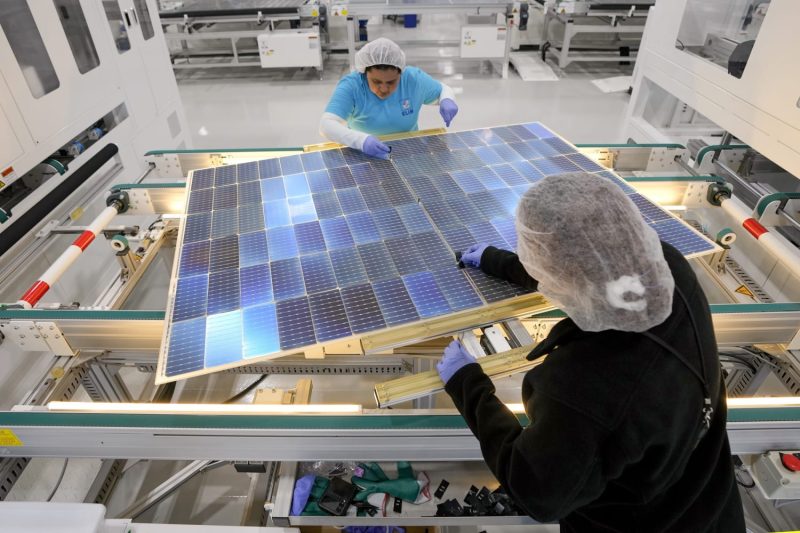In the evolving landscape of the U.S. labor market, a notable trend is emerging: a transition towards skilled labor, while white-collar hiring is witnessing a slowdown. This shift carries far-reaching implications not just for job seekers and employers, but also for the economy at large. As industries adapt to changing demands, understanding this transformation becomes crucial for navigating the job market effectively.
One key aspect driving the rise of skilled labor is technology. Automation, artificial intelligence, and other advancements are revolutionizing industries, creating a higher demand for workers with specialized skills to operate, maintain, and optimize these technologies. As a result, traditional manual labor roles are being replaced by positions that require technical expertise and problem-solving capabilities.
The education system is also playing a significant role in shaping the labor market landscape. There is a growing emphasis on STEM (science, technology, engineering, and mathematics) education to equip students with the skills needed for the jobs of the future. Vocational training programs are gaining traction as viable alternatives to traditional four-year degrees, offering a more direct path to acquiring in-demand skills.
Moreover, the changing nature of work itself is contributing to the shift towards skilled labor. The gig economy, remote work opportunities, and the increasing prevalence of freelance and contract positions are reshaping the employment landscape. These trends allow for greater flexibility and autonomy in work arrangements but also require individuals to possess specialized skills to thrive in this new environment.
Another factor influencing the rise of skilled labor is the demographic shift occurring in the workforce. As the baby boomer generation retires, there is a gap in the labor market that needs to be filled by skilled workers. This generational shift presents both challenges and opportunities for employers, who must adapt their recruitment and retention strategies to attract and retain talent with the necessary expertise.
In contrast, white-collar hiring is experiencing a deceleration as companies reevaluate their staffing needs and strategies in response to changing market dynamics. Factors such as economic uncertainty, evolving consumer preferences, and global competition are prompting businesses to reassess their priorities and focus on efficiency and effectiveness.
While the shift towards skilled labor presents opportunities for job seekers with the right qualifications and abilities, it also poses challenges for those who may need to upskill or reskill to remain competitive in the job market. Lifelong learning and continuous development of skills will be essential for individuals seeking to navigate the changing labor market landscape successfully.
In conclusion, the ongoing transformation of the U.S. labor market towards skilled labor marks a significant shift in how industries operate and how individuals pursue their careers. As technology, education, work dynamics, and demographics drive this evolution, adaptability and a proactive approach to skills development will be key to thriving in this changing environment. By staying informed, embracing change, and investing in personal growth, both workers and employers can navigate the shifting labor market landscape with confidence and success.
